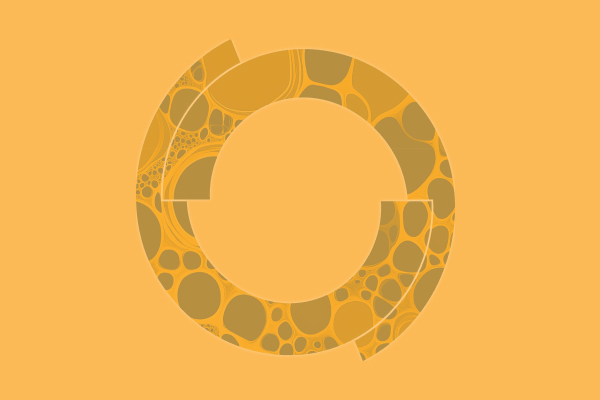The purpose of this study was to characterize exposure–response relationships of AMG 386 in a phase 2 study in advanced ovarian cancer for the facilitation of dose selection in future studies. A population pharmacokinetic model of AMG 386 (N = 141) was developed and applied in an exposure–response analysis using data from patients (N = 160) with recurrent ovarian cancer who received paclitaxel plus AMG 386 (3 or 10 mg/kg once weekly) or placebo. Reduction in the risk of progression or death with increasing exposure (steady-state area under the concentration-versus-time curve [AUCss]) was assessed using Cox regression analyses. Confounding factors were tested in multivariate analysis. Alternative AMG 386 doses were explored with Monte Carlo simulations using population pharmacokinetic and parametric survival models. There was a trend toward increased PFS with increased AUCss (hazard ratio [HR] for each one-unit increment in AUCss, 0.97; P = 0.097), suggesting that the maximum effect on prolonging PFS was not achieved at the highest dose tested (10 mg/kg). Among patients with AUCss C 9.6 mg h/mL, PFS was 8.1 months versus 5.7 months for AUCss\9.6 mg h/mL and 4.6 months for placebo. No relationship between AUCss and grade C3 adverse events was observed. Simulations predicted that AMG 386 15 mg/kg once weekly would result in an AUCss C 9.6 mg h/mL in[90% of patients with median PFS of 8.2 months versus 5.0 months for placebo (HR [15 mg/kg vs. placebo], 0.56). Increased exposure to AMG 386 was associated with improved clinical outcomes in recurrent ovarian cancer, supporting the evaluation of a higher dose in future studies.
Author(s): Jian-Feng Lu, Erik Rasmussen, Beth Karlan, Ignace Vergote, Lynn Navale, Mita Kuchimanchi, Rebeca Melara, Daniel Stepan, David Weinreich, Yu-Nien Sun
Year: January 1, 2012


